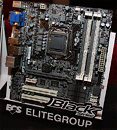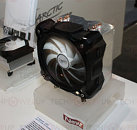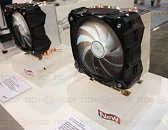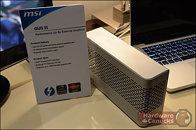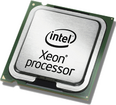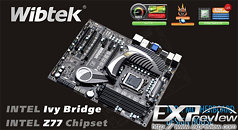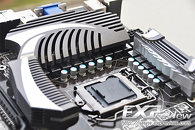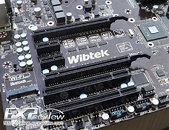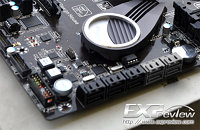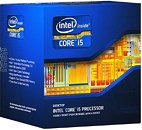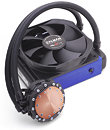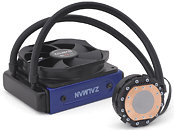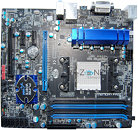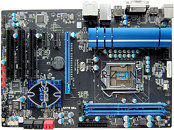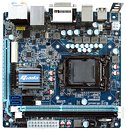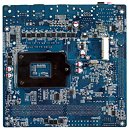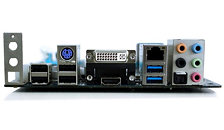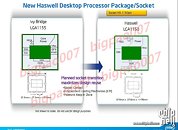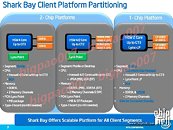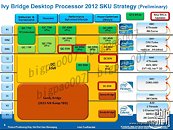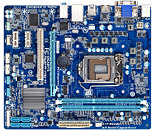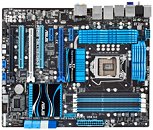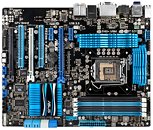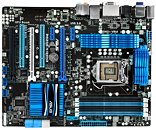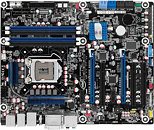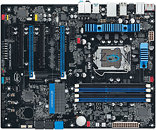
ECS H77 Black Series Micro-ATX Motherboard Pictured
Apart from the Z77H2-AX, ECS showed off a mainstream socket LGA1155 motherboard based on the H77 "Panther Point" chipset, in the micro-ATX form-factor. The H77 chipset has the same feature-set as the Z77, except it lacks Rapid Storage Technology, and overclocking features. Out of the box, this board supports next-generation "Ivy Bridge" Core processors.
The LGA1155 socket is powered by a 6-phase VRM. It is wired to four DDR3 DIMM slots supporting dual-channel DDR3 memory; and a PCI-Express 3.0 x16 slot. Other slots include a PCIe 2.0 x1, and two legacy PCI slots driven by an ITE-made bridge chip. Storage connectivity includes two SATA 6 Gb/s, and four SATA 3 Gb/s, all wired to the PCH. Display connectivity includes DVI, D-Sub, and HDMI. Other connectivity includes 8-channel HD audio, gigabit Ethernet, and four USB 3.0 ports (all driven by the PCH). The board uses cost-effective electrolytic capacitors on all circuits that don't deal with large currents, only the power conditioning circuits have solid-state capacitors.
The LGA1155 socket is powered by a 6-phase VRM. It is wired to four DDR3 DIMM slots supporting dual-channel DDR3 memory; and a PCI-Express 3.0 x16 slot. Other slots include a PCIe 2.0 x1, and two legacy PCI slots driven by an ITE-made bridge chip. Storage connectivity includes two SATA 6 Gb/s, and four SATA 3 Gb/s, all wired to the PCH. Display connectivity includes DVI, D-Sub, and HDMI. Other connectivity includes 8-channel HD audio, gigabit Ethernet, and four USB 3.0 ports (all driven by the PCH). The board uses cost-effective electrolytic capacitors on all circuits that don't deal with large currents, only the power conditioning circuits have solid-state capacitors.
